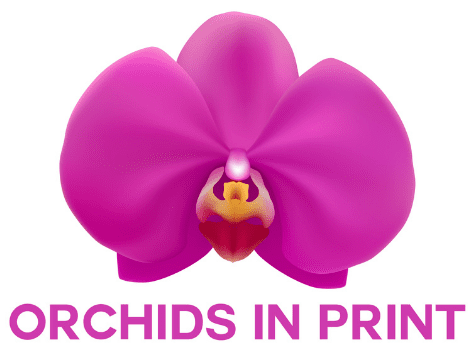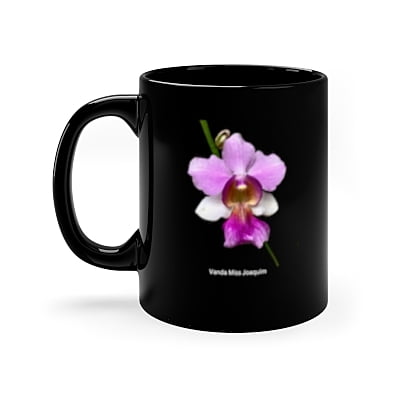Growing Vanda Orchids

Vanda orchids are renowned for their stunning flowers and exotic beauty. These orchids, native to the tropical regions of Southeast Asia, are prized for their vibrant colours and intricate patterns. While they are a bit more demanding than some other orchid species, their spectacular blooms make the effort worthwhile.
This guide provides detailed information on how to successfully grow and care for Vanda orchids.
Understanding Vanda Orchids
Origin and Natural Habitat
Vanda orchids originate from Southeast Asia, including countries like Thailand, India, the Philippines, and Indonesia. They thrive in warm, humid environments and are typically found growing on trees or rocks in their natural habitat.
This epiphytic and occasionally lithophytic nature influences their care requirements in cultivation.
Characteristics
- Flowers: Vanda orchids are known for their large, vibrant flowers that come in a range of colours including blue, purple, red, pink, and yellow. They often have intricate patterns like spots and stripes.
- Leaves: The leaves vary by species, ranging from strap-like and broad to terete (cylindrical) and narrow. They are usually leathery and can grow quite long.
- Roots: Vanda orchids have thick, aerial roots covered in a spongy tissue called velamen, which helps absorb moisture and nutrients from the air.
Cultivation Requirements
Light
Vanda orchids require bright, indirect light. They thrive with about 50-70% sunlight. Placing them in a south or east-facing window is ideal if grown indoors. In the summer, they can be moved outdoors to a shaded location where they get morning sun and afternoon shade.
Temperature
These orchids prefer warm temperatures. The ideal range is between 70-90°F (21-32°C) during the day and slightly cooler at night, around 60-70°F (15-21°C). They can tolerate higher temperatures if humidity is also high.
Humidity
High humidity is crucial for Vanda orchids. They thrive in humidity levels of 60-80%. If growing indoors, using a humidifier or placing the orchids on a humidity tray can help maintain the necessary moisture levels. Misting the roots and leaves regularly can also help.
Watering
Vanda orchids need frequent watering due to their aerial roots. Water them thoroughly, ensuring that all roots are soaked, then allow them to dry slightly before the next watering. In hot weather, daily watering may be necessary. In cooler conditions, watering every 2-3 days is usually sufficient.
Fertilization
Regular feeding is important for Vanda orchids. Use a balanced orchid fertiliser, diluted to half strength, and apply it every week during the growing season. Reduce fertilisation during the winter months when the plant’s growth slows.
Air Circulation
Good air circulation is essential to prevent fungal infections and root rot. Ensure the orchids are placed in a well-ventilated area. Their roots should not be confined to a pot but allowed to hang freely to improve airflow.
Potting and Mounting
Vanda orchids are typically grown in baskets or mounted on slabs, allowing their roots to hang freely. This mimics their natural growing conditions and provides excellent air circulation. If using a basket, fill it with a coarse medium like large bark chunks or charcoal to support the plant while allowing air to reach the roots.
Repotting
Repotting Vanda orchids is usually necessary every 2-3 years or when the plant outgrows its current container. Choose a slightly larger basket or mount, and be careful not to damage the roots during the process. Soaking the roots beforehand can make them more pliable and easier to handle.
Common Problems and Solutions
Root Rot
Root rot is a common issue caused by overwatering or poor drainage. Ensure the roots dry slightly between waterings and provide good air circulation. If rot occurs, trim away the affected roots and treat the healthy ones with a fungicide.
Pests
Vanda orchids can be susceptible to pests like spider mites, aphids, and mealybugs. Regularly inspect the plants and use insecticidal soap or neem oil to treat infestations. Maintaining good air circulation and humidity can also help prevent pest problems.
Leaf Spot
Leaf spot can be caused by fungal or bacterial infections. Remove affected leaves and treat the plant with a fungicide. Ensure good air circulation and avoid wetting the leaves excessively.
Popular Vanda Species and Hybrids
- Vanda coerulea: Known for its stunning blue flowers, often called the Blue Vanda.
- Vanda tricolor: Features fragrant flowers with a combination of white, yellow, and purple hues.
- Vanda sanderiana: Native to the Philippines, this species produces large, multi-colored blooms.
- Vanda Rothschildiana: A popular hybrid known for its robust growth and beautiful flowers in shades of blue and purple.
Growing Vanda orchids can be a rewarding experience for those willing to meet their specific care requirements. With their breathtaking flowers and diverse colours, Vanda orchids can be a standout addition to any orchid collection.
By understanding their natural habitat and providing the right conditions, you can enjoy the stunning blooms of Vanda orchids year after year.
Have a great week,
Peter Johnson
Orchids In Print


















 |
| 
